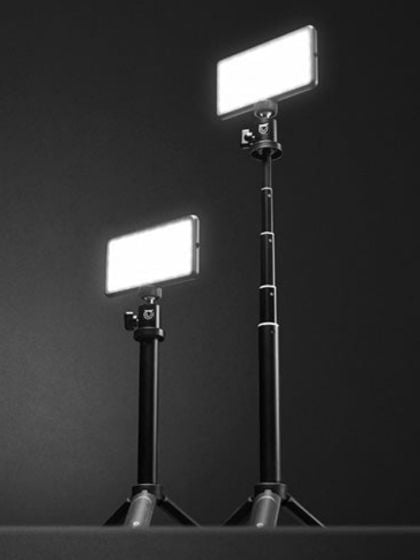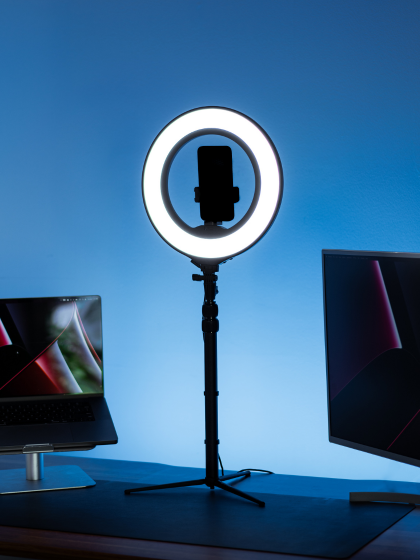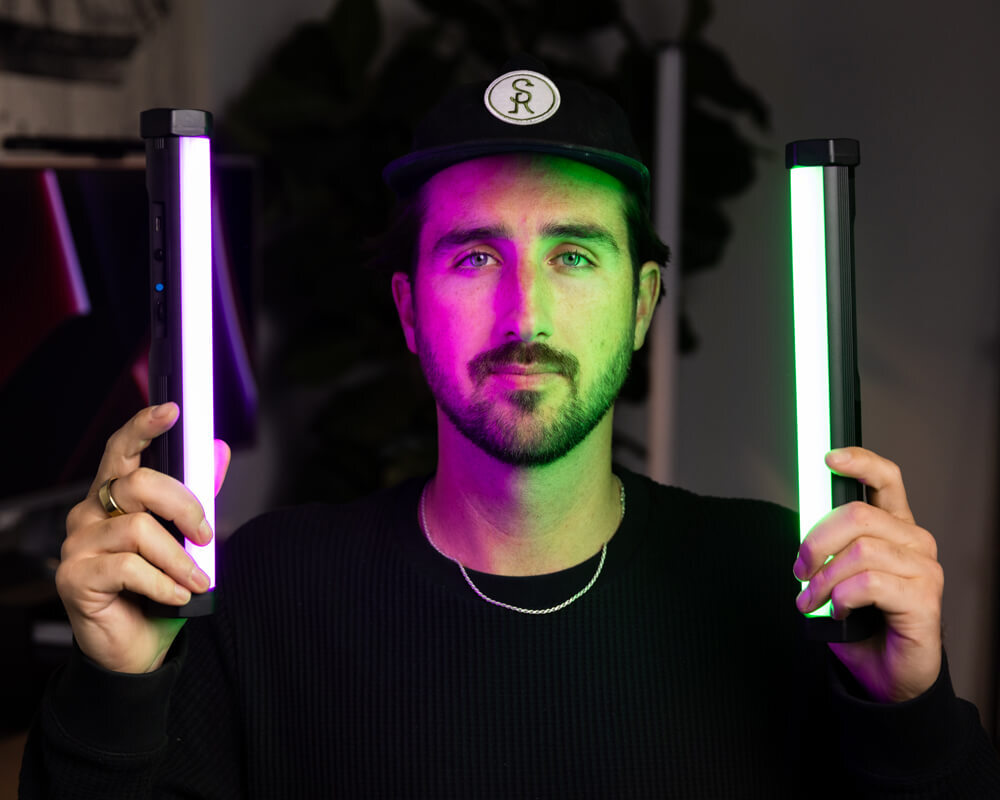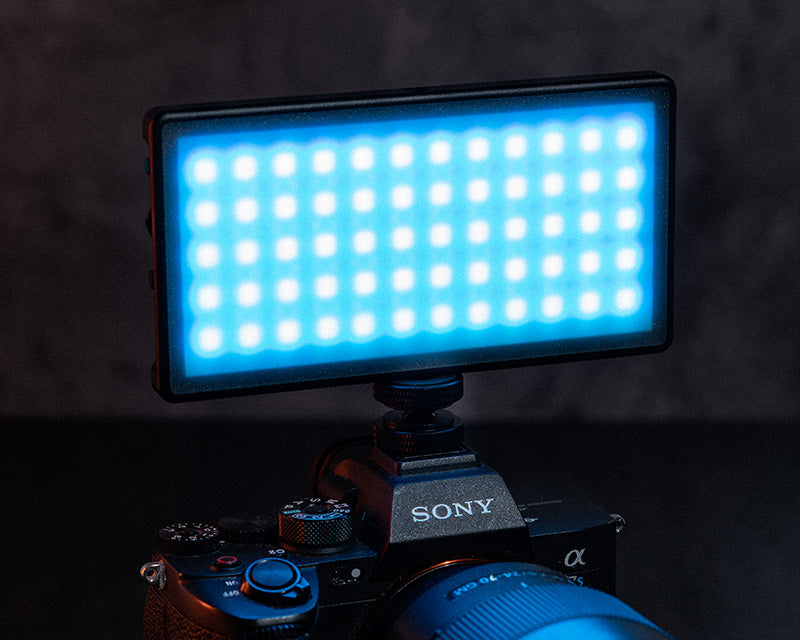As a photographer, it's essential to have a good grasp of the technical aspects of lighting to achieve desired results. Two common terms that often confuse photographers are "lumen" and "lux." Let's explore the differences between these two different measurements of light and what they mean.
-
Lumen (lm): Lumen measures the total amount of visible light emitted by a source, regardless of the area it covers. In simpler terms, lumen quantifies the brightness of a light source as perceived by the human eye.
-
Lux (lx): Lux measures the amount of light that falls on a specific area or surface. It takes into account both the intensity of the light source (in lumens) and the distance from the source to the area being illuminated. Lux is used to evaluate the brightness of a given scene or the lighting conditions at a particular spot. This is why we say that a light has a lux of 750 at .5 meters from the light source.
To give you an example, imagine a bucket of water. The water in the bucket is lumens. It simply describes the amount of water inside the bucket. Now imagine you try to throw that bucket of water as far as you can. Lux would be the amount of water that reaches a given distance.
So next time you check the brightness of your lights make sure you take lux into consideration to understand how much light will actually reach your subject.




















